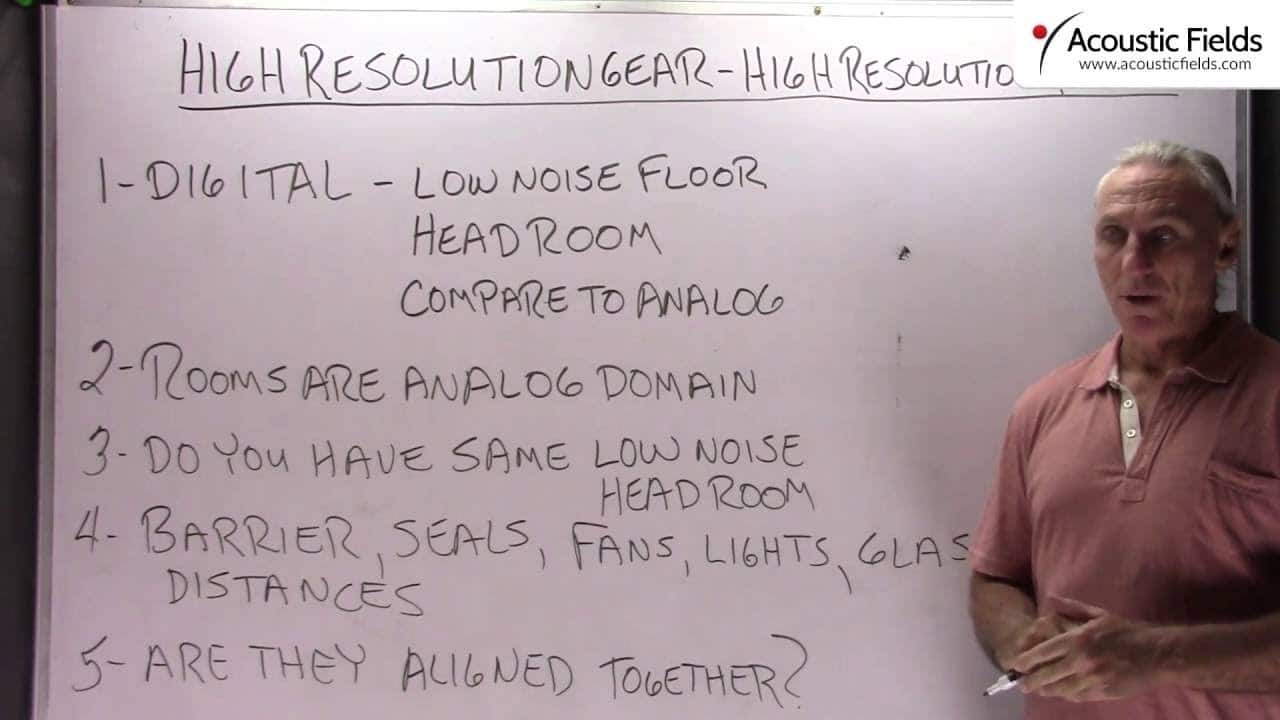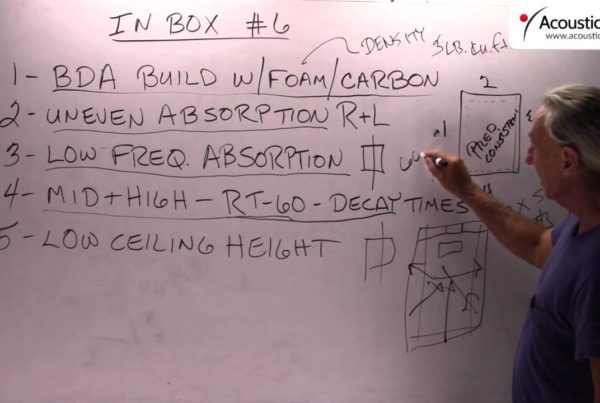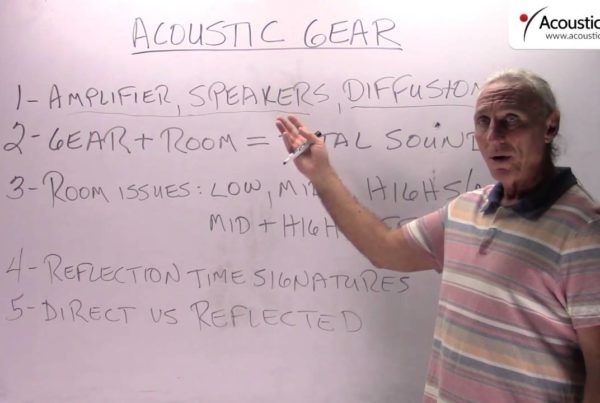Today we’re going to talk about high resolution gear vs. high resolution rooms. Let’s face it, today’s gear has tremendous advantages over the old analog systems that we used for playback and recording. Unfortunately the rooms and the quality of the rooms in which the digital formats are used are really not up to the resolution and the head room, and the low noise that we hear from our digital formats. And we enjoy this freedom from all these stuff.
Back in the old days when we had analog tape, you know we had tape hiss, we had all these issues to deal with but in today’s digital world we don’t have those issues. We have very low noise, we have great headroom but when you compare that to analog it’s the good thing. But we have to remember that our rooms are in the analog domain.
So the same checkmarks that we have here, low noise, headroom and things like that, resolution, you know we have to have the same thing going on in our rooms if we’re going to realize the benefit of this digital domain. So we want to make sure that noise in the headroom and everything in our rooms is comparable or at least working with the digital domain and we’re not running against ourselves or butting ourselves heads against the wall.
So how do we do that? Well, first we construct the correct barrier so we deal with noise and the noise, remember, is a two-way valve coming out the room and going into the room, okay? So we have to make sure we have the correct barrier design to deal with the frequency and the amplitude or strength of the noise that we’re trying to isolate from. Both going in and both going out. Door seals: very, very critical. Sound is like water, it’ll find the weakest link and get through. So you want to be careful.
All of these things contribute to the ambient sound level in your room and if you don’t have each and one of these in control you’re not maximizing the low noise floor of the digital formats that you’re working in. Seals are critical. So fans, lights, quiet, it’s got to be quiet, you know, no electrical interference from the light, no mechanical interference from fans and please, please, please, please no glass in the room.
So I mean to have a digital format with a low noise floor, lots of headroom and stuff like that and have a bunch of glass in the room; I mean what are you trying to do to yourself? What are you trying to do with the music?
So make sure that all these things are working. Get them everything aligned together. So the distance is to the listening position. The barrier has a properly designed for frequency and amplitude of noise, it’s airtight, the fans are quiet, the lights are not providing electrical interference. Compliment the digital domain benefits. So high resolution gear requires high resolution rooms.
—
This is an unedited transcript from our video series from Acoustic Fields. There will be some errors in grammar and sentence structure that occur during this translation process.
For complete understanding and comprehension, please view the video which is included in this text. For any additional information regarding this topic or others relating to room acoustics, please contact us directly at:
P: 520 – 392 – 9486








The discussion on ductwork noise transmission from Acoustic Fields highlights crucial aspects of HVAC system acoustics. The movement of air…
Great build plans. thank you Denis
You must use absorption. Never place a chair against a wall.
A friend and I built several diffusors using these plans and they turned out absolutely beautiful. Very good instructions and…